Talk Archives

Choosing Our Future: Greenhouse Gases or Green Homes?
Energy consumption and energy production remain at the top of the list of concerns for politicians and for consumers, especially when the bill comes due and when climate change impacts our lives. Discover how the City of Austin is among the pioneers of green building in the United States, and through visionary policies and practices Austin has changed not only where our energy comes from, but also how energy is both used and saved.
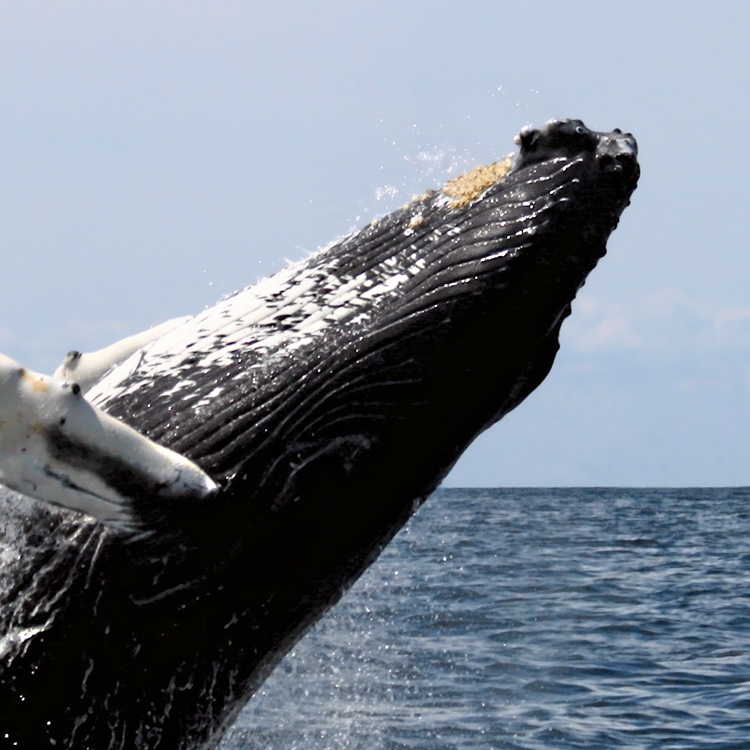
The History and Future of Whales
Scientists use new technologies to reveal untold mysteries about whales and provide information on whale history that may be crucial to their survival in the future. Dr. Stephen Palumbi, renowned marine biologist and professor at Stanford, discuss genetic techniques are used to estimate historic whale populations and how his findings play an important role in decisions of the International Whaling Commission (IWC).
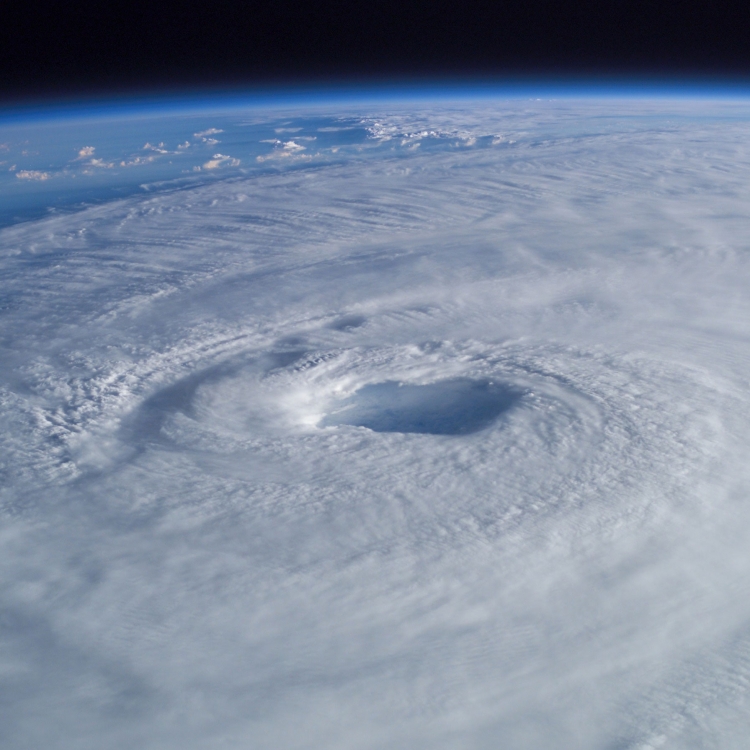
Is Climate Change Increasing Hurricane Activity?
Are hurricanes becoming more powerful and destructive? Are these changes due to a natural cycle of hurricane activity or are they caused by human-induced climate change? Dr. Kerry Emanuel shares his research on how climate change can affect hurricane activity and how to predict the long-term risk of hurricanes.

Race for a Cure
Polio was the most feared disease of the middle part of the 20th century. Every child everywhere was at risk of catching this horrific disease that had no prevention or cure. Thousands of children died and thousands more were paralyzed. Dr. David Oshinsky, author of the 2006 Pulitzer Prize winning book Polio: An American Story, shares the enthralling story of America’s battle with polio, the terror it caused, and the intense effort to find a cure.
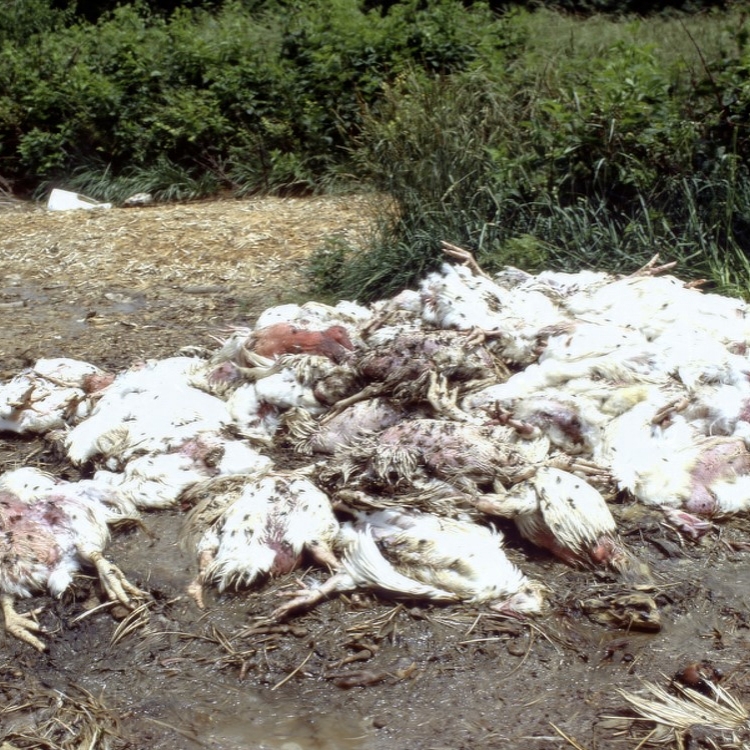
Fighting Deadly Diseases: Strategies for Prediction and Containment
Concerned about the bird flu? What would happen if a case appeared in the U.S.? Emerging global public health challenges like bird flu and SARS require innovative methods to understand and control the spread of new diseases. Dr. Lauren Meyers discusses how strategies for stopping the spread of deadly diseases can be developed by creating mathematical models of the transmission of diseases.
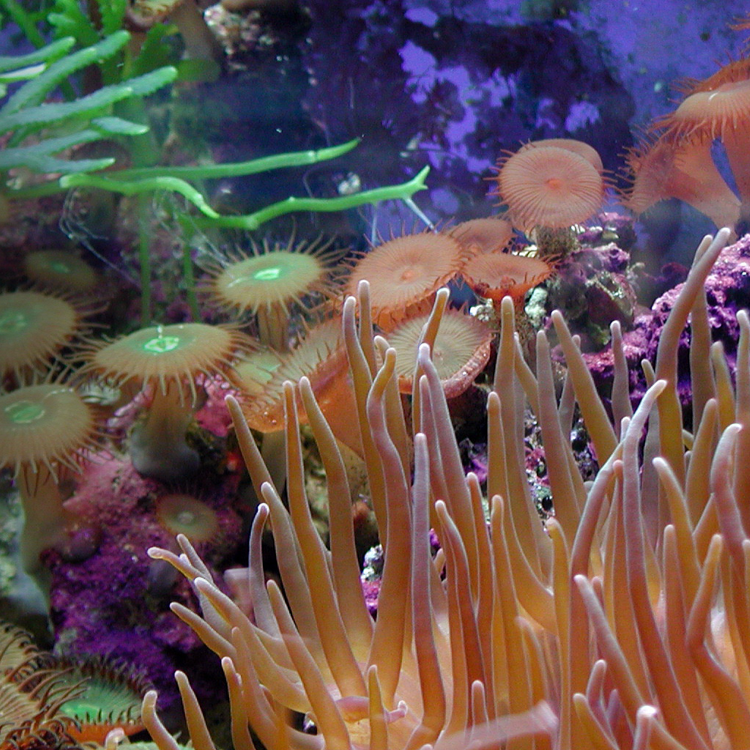
Brave New Ocean
The biodiversity of the oceans is in critical decline. Major drivers of the Brave New Ocean include over-exploitation, destruction of habitats, globalization of species, ocean warming, poisoning of food webs, and the rise of slime. Dr. Jeremy Jackson share ideas for developing successful management and conversation strategies for sustainability in the oceans.

To Infinity and Beyond
Infinity is big. For thousands of years, people also thought it was incomprehensible – an idea so vast that understanding it was beyond the scope of any person’s finite mind. But a child’s method of sharing – ‘one for me, one for you’ – , an Infinite Inn, a barrel containing infinitely many Ping-Pong balls, and a game called Dodge Ball combine to take us to infinity. And beyond.

The Striking Behavior of Rattlesnakes
Rattlesnakes are efficient predators that play an integral role in maintaining the balance within ecosystems. Unfortunately, their capacity to injure or even kill humans has made them among the most misunderstood vertebrates on the planet. Dr. Travis LaDuc dispels some of the myths surrounding rattlesnakes by sharing insights into their natural history.
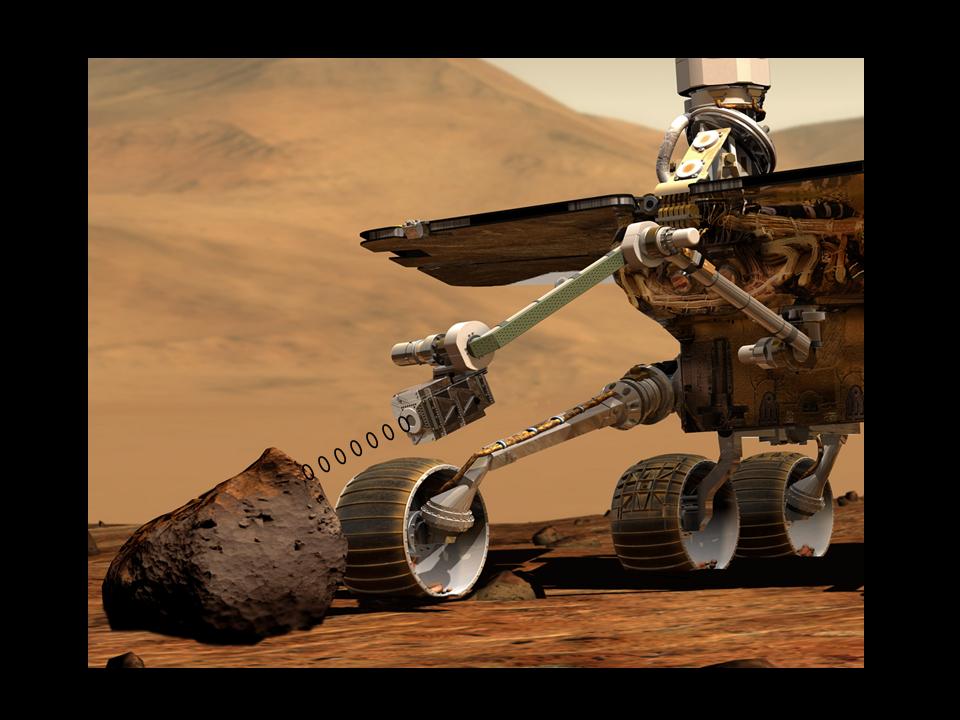
The 2004 Mars Exploration Rover Mission: Evidence for Water and Prospects for Life
The Mars Exploration Rover Mission, part of NASA’s Mars Exploration Program, reveals evidence for water and prospects for life on Mars. The goals of the Mars Exploration Rover Mission were to characterize the climate and geology of Mars, determine if life ever arose on Mars, and prepare for human exploration of Mars. Dr. John Grotzinger shares the latest discoveries about the mysterious red planet known as Mars.
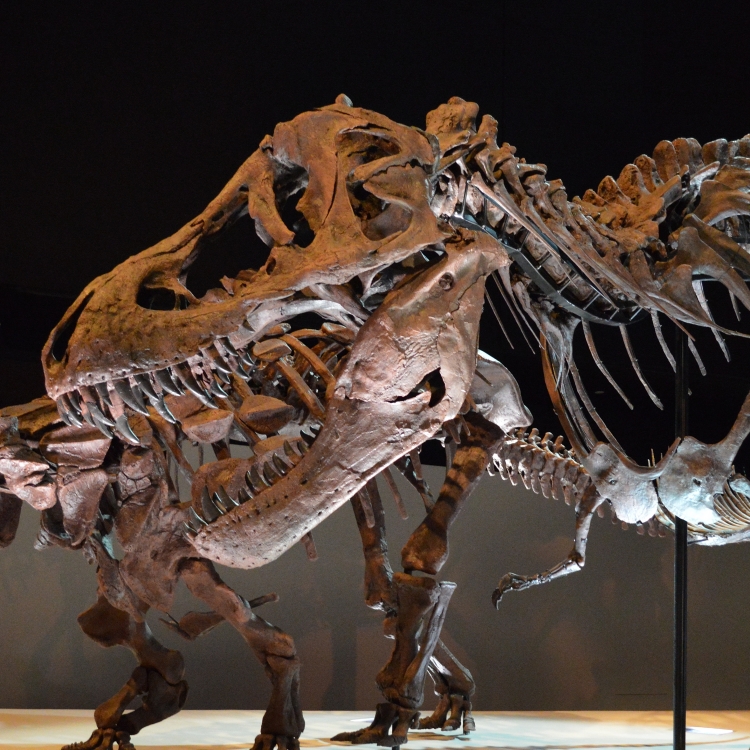
Dinosaurs in the Digital Age: Facts, Fictions, and Forgeries
The science of paleontology is 300 years old, and even today it fundamentally relies on the discovery of new fossils. Dr. Rowe shares the unprecedented blossoming of digital technologies that allow us to understand the new fossils in ways never before possible, and how they can squeeze even more information from the fossils that were collected decades or centuries ago.